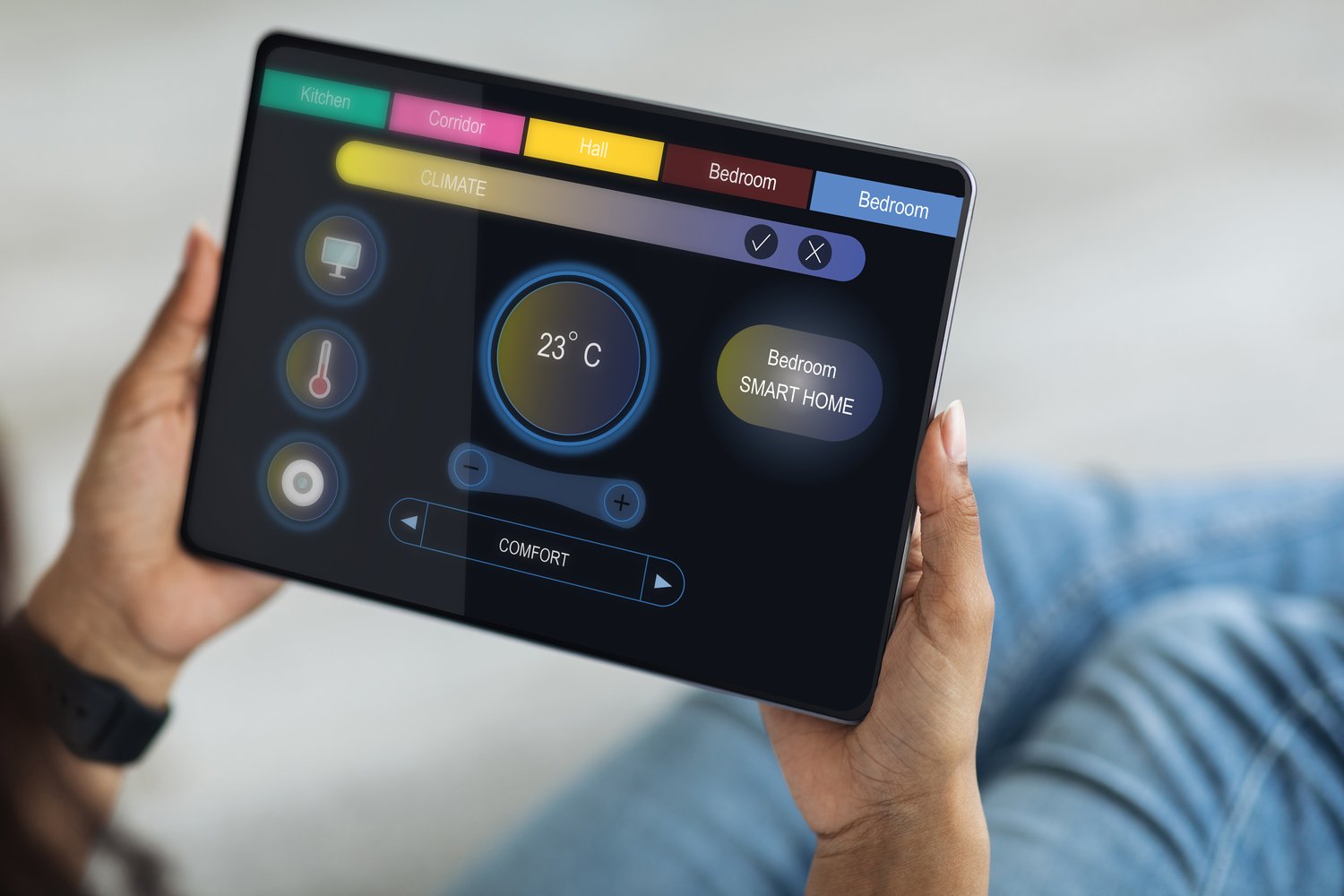Picture this: You’ve invested in a state-of-the-art home energy management system to streamline energy consumption and cut costs, only to find that it’s not working as expected. This can be frustrating, especially when you’re not sure where to start troubleshooting. Understanding the reasons behind such malfunctions is crucial for maintaining the efficiency and reliability of your system, ensuring it delivers on its promises.
- Discover the common connectivity issues that can cause your home energy management system to fail.
- Learn how software updates and system resets can resolve persistent glitches.
- Identify signs of hardware malfunctions that may need professional attention.
- Explore routine maintenance practices that prevent future troubles and enhance system reliability.
By delving into these insights, you’ll not only enhance your system’s performance but also empower yourself with the knowledge needed to keep everything running smoothly. Dive into the article to uncover practical solutions and become a master of your home energy management system.
Understanding Why Is My Home Energy Management System Not Working: Debugging Common Problems
Home Energy Management Systems (HEMS) are integral to optimizing the energy efficiency of modern homes. However, when these systems fail, it can disrupt daily life and increase energy costs. Understanding the root causes of these failures is crucial for effective troubleshooting.
Common problems include connectivity issues, where the system fails to communicate with other smart devices due to Wi-Fi or network disruptions. Software glitches can also hinder performance, often caused by outdated firmware or incompatible updates.
Hardware malfunctions are another frequent culprit. Components such as sensors or controllers may become defective over time or due to poor installation practices. Identifying these problems requires a systematic approach, starting with simple checks before proceeding to more complex diagnostics.
Being aware of these issues not only helps in quick problem resolution but also aids in maintaining the long-term reliability of your home energy management system. Understanding these key concepts will empower you to address problems effectively, whether you are a beginner or an experienced homeowner.
Checking Connections and Power Supply
Ensuring the integrity of your system’s connections is a fundamental step in troubleshooting common energy management issues. Start by checking that all wires and cables are securely attached. Loose connections can lead to intermittent failures and inefficiencies.
Next, evaluate the stability of your power supply. Unstable or insufficient power can cause the system to malfunction or shut down entirely. Look out for any indications of wear or corrosion at connection points, as these can weaken the system’s operational capabilities over time.
By thoroughly assessing and securing connections, and confirming the adequacy of your power supply, you ensure that your home energy management system operates smoothly and is less likely to encounter unexpected disruptions.
Technical Troubleshooting for Why Is My Home Energy Management System Not Working: Debug Common Issues
When dealing with a home energy management system that isn’t functioning as expected, delving into more advanced troubleshooting steps can often reveal the root cause of the problem. Begin by ensuring that your system’s software is up to date. Regular software updates not only fix existing bugs but also equip your system with the latest features and enhancements. Many manufacturers release updates periodically, and missing these can lead to functionality issues.
If updating the software doesn’t resolve the issue, consider performing a system reset. A reset can effectively clear any minor glitches and restore your system to its default settings. However, it is essential to follow the manufacturer’s guidelines to avoid losing critical configurations. Often, the user manual will provide a step-by-step procedure for safely resetting your system.
In some cases, consulting the user manual can be enlightening. It often contains a list of common troubleshooting steps and error codes that might help you diagnose and fix the problem without the need for professional intervention. Regularly referencing the manual ensures you can address many issues independently.
Moreover, routine maintenance plays a crucial role in preventing malfunctions. Regular checks can include cleaning dust from sensors or replacing worn-out components. Documenting and scheduling these maintenance tasks can extend the lifespan of your energy management system and keep it running smoothly.
If troubleshooting and maintenance efforts do not yield results, it might be time to seek professional help. Experts can provide thorough diagnostics and offer solutions that might not be obvious. Keeping your home energy management system in optimal condition not only enhances performance but also maximizes energy efficiency and cost savings.
Frequently Asked Questions
What should I do first if my energy management system stops working?
Check the power supply and connections to ensure everything is secure and getting power.
How can I identify software glitches in my system?
Look for system notifications or error messages indicating software issues, and check for available updates.
What are the signs of a hardware malfunction?
Signs include physical damage, unusual noises, or system components not responding as expected.
How often should I perform maintenance checks?
Perform routine checks at least every six months to ensure optimal system performance.
When should I call a professional?
Contact a professional if you encounter persistent issues after attempting basic troubleshooting steps.





